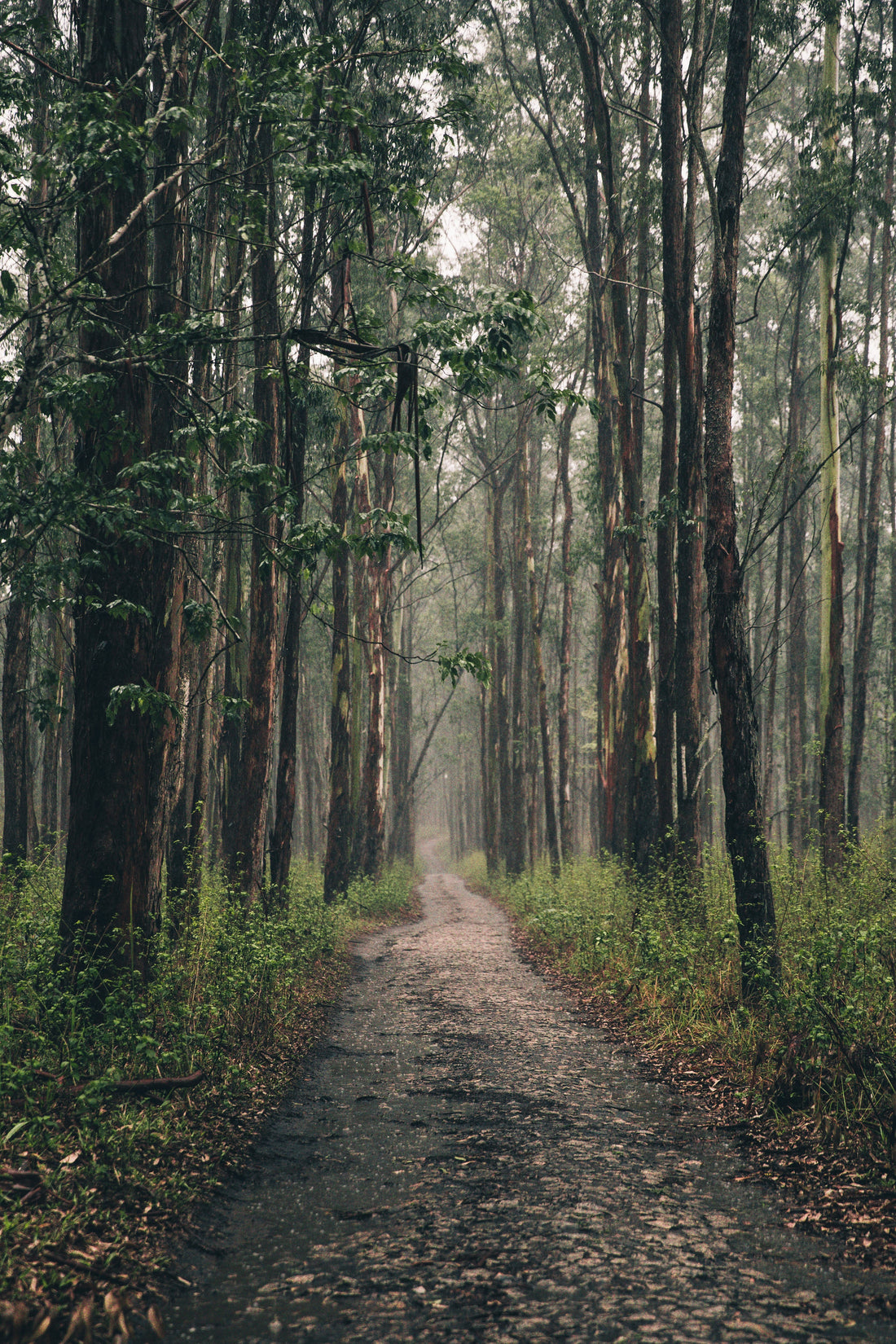
The Evolution of Cache Containers: From Ammo Cans to Nano Tubes
Share
When geocaching first began back in 2000, players hid whatever sturdy container they had on hand. Over time, the geocaching community has gotten more creative (and sometimes sneaky!) with what we use to hide treasures. The journey from old-school ammo cans to today’s tiny nano tubes tells the story of how the game itself has evolved.
Let’s take a trip through geocaching history — one container at a time.
The Original Ammo Can
In the early days, many caches were hidden in military surplus ammo cans. Why? They were rugged, waterproof, and could hold a decent amount of swag. They were perfect for remote hiking trails and big forest hides.
Ammo cans became the iconic container of geocaching. Even today, stumbling upon one feels like uncovering buried treasure.
Tupperware & Lock-n-Locks
As more people got into geocaching, ammo cans weren’t always practical (or cheap). Enter household containers like Tupperware and Lock-n-Lock boxes. These plastic options made it easier for anyone to hide a cache close to home.
Of course, not all plastic is created equal — some warped in the sun, cracked in the cold, or leaked in the rain. That led to the next wave of container innovation.
Film Canisters & Micro Caches
Back when everyone still used 35mm film, the leftover canisters made the perfect small cache. They were waterproof (at least for a while), easy to hide, and everywhere. This started the trend of “micros” — smaller caches that could be tucked into sneaky urban locations.
While film canisters are harder to find today, they paved the way for the micro-cache boom.

Bison Tubes
These tiny metal containers became a favorite for urban hides. Waterproof, durable, and easy to attach to a keychain, they allowed cache owners to tuck treasures into lamp posts, fence caps, and tree branches. Bison tubes made geocaching more accessible in cities, though they also earned the hobby its reputation for “micro in a parking lot” hides.
Magnetic & Sneaky Hides
As the game grew, so did the creativity. Magnetic key holders, fake bolts, hollowed-out rocks, and even fake sprinkler heads became common. The thrill of the game wasn’t just about finding a container anymore — it was about being fooled by a clever disguise.
The Rise of Nano Tubes
If ammo cans were the grandfathers of geocaching, nano tubes are the modern minimalist cousins. These teeny-tiny caches can be hidden almost anywhere — under benches, on signs, or inside railings. They’re not big enough for swag, but they challenge players’ observation skills like nothing else.
Love them or hate them, nanos are now part of the geocaching DNA.
Where We’re Headed Next
Geocachers are nothing if not creative. From 3D-printed puzzle boxes to elaborate gadget caches, the container game keeps evolving. Who knows what’s next — maybe solar-powered caches that recharge trackers, or biodegradable containers designed for nature-friendly hides.
Final Thoughts
From ammo cans in the woods to nanos in the city, cache containers reflect how geocaching has grown and adapted over the years. Whether you prefer the satisfying clunk of an ammo can lid or the “aha!” moment of spotting a hidden nano, every container tells part of the story.
👉 At Big B’s Cache Supplies, we celebrate that history by offering containers, log strips, and retro geocaching stickers to keep the game fun — no matter what size cache you’re hiding.
